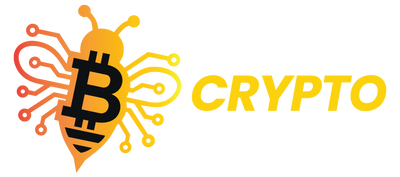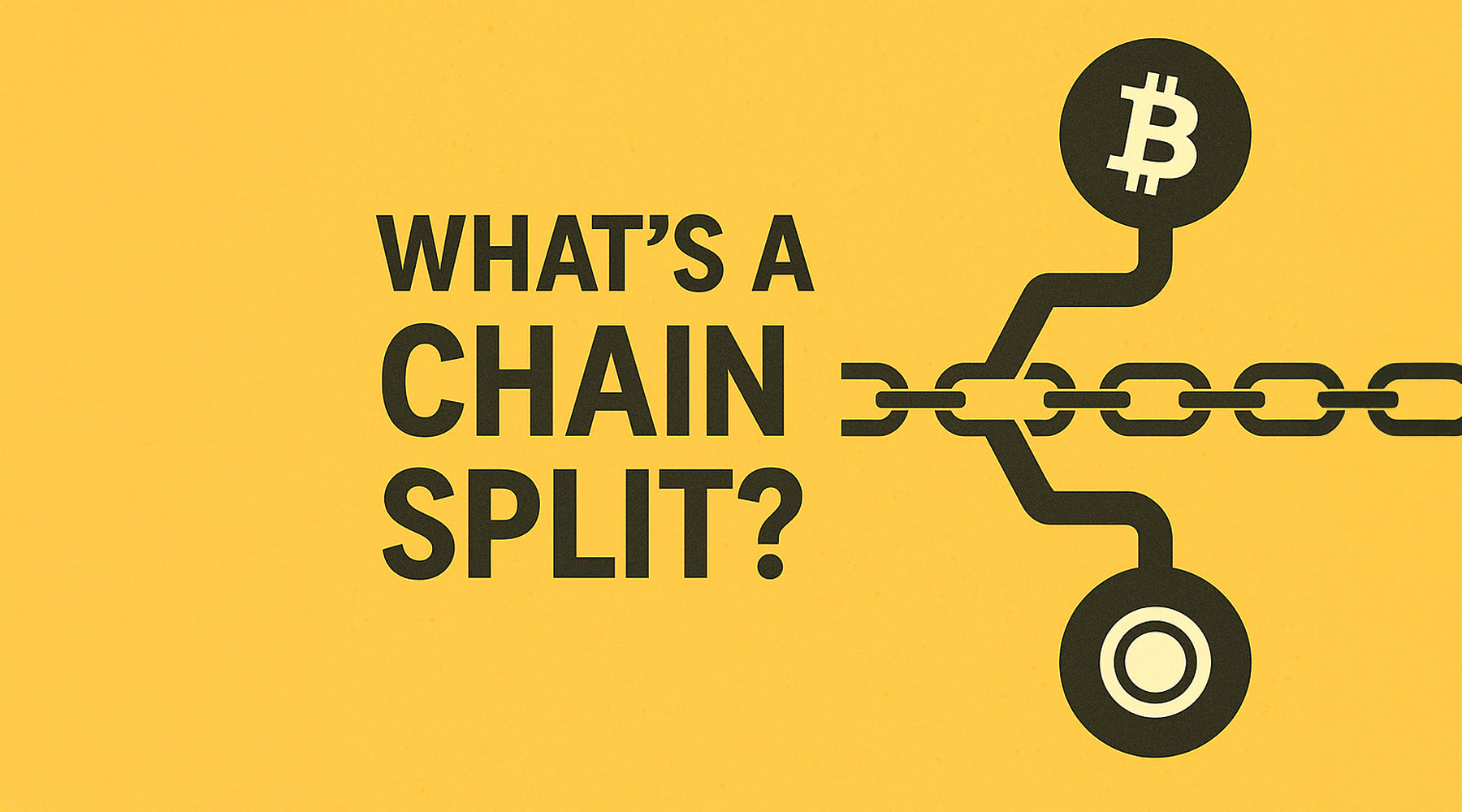Inside Chain Splits
A chain split (or fork) happens when a blockchain diverges into two or more competing versions. Each version shares the same transaction history up to a certain point, but follows a different set of rules or consensus mechanisms afterwards.
There are two main types of forks:
-
Hard Forks: A permanent, non-backward-compatible change to the protocol. This creates two separate blockchains that no longer recognise each other’s blocks or transactions.
Example: Bitcoin Cash (BCH) splitting from Bitcoin (BTC) in 2017. - Soft Forks: A temporary, backward-compatible change. Nodes running the new software can still validate blocks under the old rules, so the network remains unified unless disagreements persist.
At the moment of a hard fork, all prior transactions are duplicated across both chains – so holders of the original crypto may also receive tokens on the new chain.
Why do chain splits happen?
- Developer disagreements – Conflicts over scalability, ideology, or technical direction.
- Software upgrades – Introducing new features, improving speed or security.
- Bug fixes – Patching vulnerabilities or correcting protocol flaws.
- Open-source freedom – Anyone can copy and modify blockchain code, so new versions can emerge at any time.
How often do they happen?
More often than you might think:
- Accidental splits occur when two miners produce a block simultaneously; the shorter chain is quickly discarded.
- Soft forks happen frequently as temporary upgrades.
- Hard forks are rarer, but many major cryptocurrencies – including Bitcoin Cash and Ethereum Classic – were born from them.
How the ATO sees it
If you receive new crypto because of a chain split:
- The value of the new asset is not treated as ordinary income, and
- You don’t make a capital gain when you first receive it.
However, when you sell, swap or gift that new asset later, you’ll need to calculate any capital gain or loss.
- The cost base of the new asset is zero ($0).
- If you hold it for 12 months or more, you may qualify for the CGT discount.
Note: Different rules may apply if you’re carrying on a crypto-related business.
Example: Bitcoin → Bitcoin CashDave held 10 Bitcoin on 1 August 2017 when Bitcoin Cash split from Bitcoin. He received 10 Bitcoin Cash, with no immediate tax consequence. On 2 March 2025, Dave sold 2 Bitcoin Cash for $1,000. Because the cost base is $0, his capital gain is $1,000. Having held the tokens for more than 12 months, Alex applies the 50% CGT discount and reports a $500 gain in his 2024–25 return. |
Step 1: Identify which crypto is “new”
When a split occurs, determine which coin continues the original chain and which is the new asset.
Ask:
- Which version keeps the same rights, relationships, and consensus rules?
- Which one introduced protocol changes?
The version that continues unchanged is the original asset. The altered one is treated as new for tax purposes.
Example: Ethereum vs Ethereum ClassicJess held 60 Ethereum when a chain split occurred on 20 July 2016.
Therefore: Ethereum Classic is the original asset. Jess’s new ETH has a cost base of $0 and an acquisition date of 20 July 2016. |
Step 2: When the original no longer exists
Sometimes neither version fully continues the old chain. If the original protocol ceases to exist, a C2 CGT event occurs.
Each new coin you hold is treated as a new acquisition with:
- a cost base of $0, and
- an acquisition date equal to the fork date.
Example: Bitcoin Cash ABC vs Bitcoin Cash SVSam held 10 Bitcoin Cash before the 15 November 2018 fork into BCH ABC and BCH SV.
|
Quick Steps: Tax treatment of chain splits
- Record the date of the split.
- Identify which asset continues the original chain.
- Assign a cost base of $0 to the new asset.
- Track holding period to check for CGT discount eligibility.
- Report capital gains or losses when you sell or swap the new asset.
The Final Buzz
- Keep exchange or wallet records showing when the fork occurred.
- Some exchanges may not support the new asset immediately – you might need to claim it manually.
- Always verify the legitimacy of forked tokens before interacting with them.
Source: Australian Taxation Office
Note: This article is for education, not advice. For personal tax matters, speak with a qualified accountant.
Keep building your crypto knowledge. Up next: Crypto and the ATO: What Every Investor Needs to Know →
Stay safe. Stay smart. Be Crypto Safe.
Education is your best defence. Unlock member-only guides, checklists, and tools designed to protect your crypto, stay safe and be compliant.



